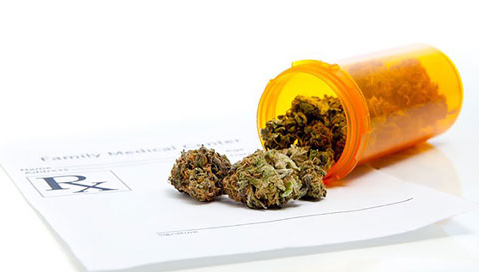Distal Radius Physeal Bar and Ulnar Overgrowth: Indications for Treatment
Distal Radius Physeal Bar and Ulnar Overgrowth: Indications for Treatment https://pediatricsnationwide.org/wp-content/uploads/2020/06/122016ds0034-samora-header-1024x575.jpg 1024 575 Julie Samora, MD, PhD https://secure.gravatar.com/avatar/046f18da46df408fb88883823eeead0d?s=96&d=mm&r=gDistal radius fractures are among the most common fractures in pediatrics. Although most heal without complication, some result in partial or complete physeal arrest. Risk factors for distal radius growth arrest include physeal fractures, ischemia, infection, radiation, tumor, blood dyscrasias, burns, frostbite and repetitive stress. The distal radius physis is responsible for 75% of the…










